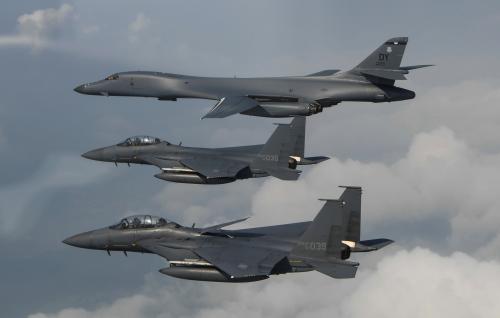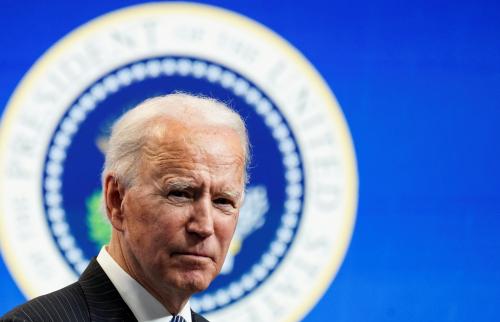EXECUTIVE SUMMARY The United States Government interagency process is badly broken. This is especially true in the realm of national security. The federal government has archaic, vertical, “stove-pipe” organizational structure and processes that severely undermine success in operations and policy implementation. We are unable to achieve unity of effort and a whole-of-government approach to devising solutions to critical problems. Today’s world is extremely complex and requires the horizontal integration of efforts from a variety of departments and agencies in our executive branch. National level reform of the interagency process is urgent, yet we have not even begun. It is unrealistic to expect the executive branch to reform itself. Administrations are too busy with day to day operations to see the need for change and presidential directives are insufficient and ineffective for this level of reform. Authorities and appropriations must be properly aligned to create flexibility and enable agile integrated solutions to the complex threats of the new century. Reform must be driven by Congress, in a manner similar to that achieved by the Goldwater-Nichols Act in 1986 that created horizontal structures and processes in the Department of Defense. While Congress is part of the solution it is also part of the problem and requires similar reform of its own. Piecemeal independent reform efforts are inadequate. It is absolutely vital to our national and homeland security that we produce a new National Security Act, complimentary executive directives, and an interagency mechanism in Congress.

Arms Control & Nonproliferation
No first use of nuclear weapons is still a bridge too far, but Biden can make progress toward that goal
